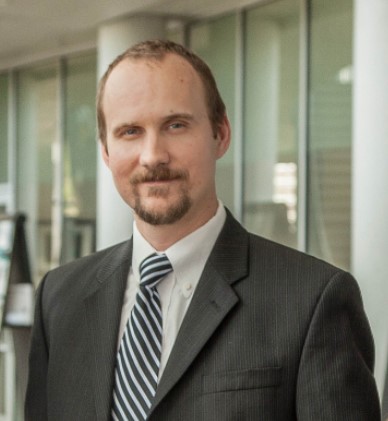According to experts, approximately 23 percent of American children aged 2 to 5 years have caries, or untreated tooth decay. But that number is dramatically higher in Arizona, where 40 percent of preschoolers have tooth decay. Among the more rural, economically disadvantaged Hispanic and Native American populations of Northern Arizona, that number is even higher.
NAU bioinformatician and assistant professor Viacheslav “Slava” Fofanov recently received a $224,000 grant from the Arizona Biomedical Research Commission to determine the biological factors behind the caries epidemic. As the principal investigator of the project, Fofanov will lead an interdisciplinary team to research the root causes of the disease and develop potential solutions.
“Something is happening here in Arizona, especially Northern Arizona, that puts us at the top of a list we don’t want to be on,” Fofanov said.
Two strains of bacteria, Streptococcus sabrinas and Streptococcus mutans, live in the oral cavities and are typically passed to the child from the primary caregiver. The researchers believe the strains of these bacteria prevalent in Arizona may be significantly different from those circulating elsewhere in the country. They theorize Arizonans have bacteria that metabolize carbohydrates more slowly, lowering acid levels in the mouth and demineralizing dental enamel, which leads to increased tooth decay.
The team is collaborating with SMART Smiles and First Things First, nonprofit agencies that work with families and communities to support the healthy development of young children. The agencies routinely provide free preventive dental care to underserved children, and through their programs, Fofanov’s team will have access to plaque samples the agencies will collect from about 400 patients.
Once the samples are collected, the team will grow the bacteria and sequence their genomes to determine how the bacteria are different. By studying data that ties the biology of the bacteria directly to the caries outcomes unique to Arizona, the researchers expect to develop solutions, including treatments, preventive measures and education, that will effectively target the disease.
Project leverages interdisciplinary expertise
The interdisciplinary project will rely on the expertise of scientists from several key areas of research throughout NAU’s campus, including bioinformatics, dental hygiene, public health and genetic testing.
Fofanov, a computer science and statistics expert, came to NAU in 2015 from the biotech industry, where he spent several years designing metagenomic studies. The science of informatics will play an important role in this project as the researchers sequence the bacteria genomes, which are several million characters long.
Fofanov’s co-principal investigators are Crystal Hepp, assistant professor in NAU’s School of Informatics, Computing, and Cyber Systems, who specializes in microbiome composition and phylogenetic analysis, and research assistant professor Talima Pearson, who specializes in molecular biology at the Pathogen and Microbiome Institute.
Two senior researchers also will be involved in the project. Professor Denise Helm of the Department of Dental Hygiene will contribute her dental health expertise, and professor Julie Baldwin, director of NAU’s Center for Health Equity Research, will serve as the team’s mentor for culturally appropriate interventions and public health policies.
As the research progresses, the team plans to expand it to other parts of the state. Fofanov believes their work will lay the foundation for a clinical study through the National Institutes of Health.
“It is likely this work will lead to bigger projects to see whether we can impact the caries rate and tooth decay,” he said. “Our goal is to help combat the caries problem in the state.”
Fofanov, who has two small children, finds it gratifying to have the opportunity to affect children’s health in Arizona.
“It will be a fun project for me to do. We’ll be working with kids directly and using the data we gather fairly quickly,” he said.



